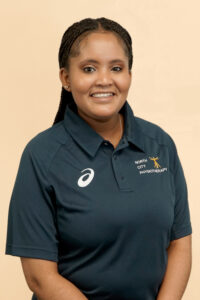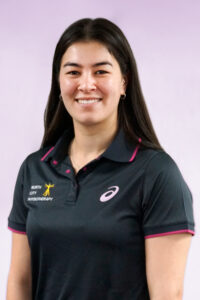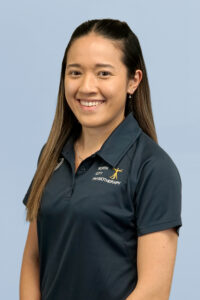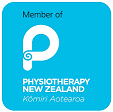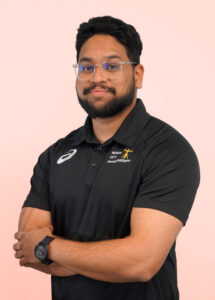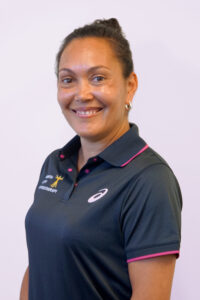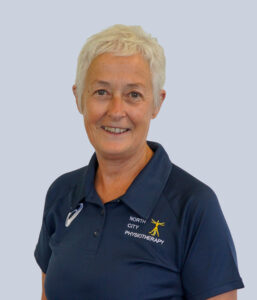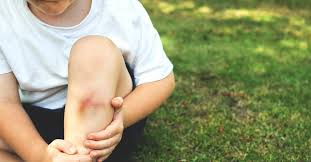
Contusions (otherwise known as a ‘cork’ or ‘lamie’ or ‘dead leg’) result from a direct blow with an opponent’s knee or boot colliding into your thigh or calf. The severity can vary and injuries are generally graded as mild, moderate or severe depending on the amount of contact force and how contracted the muscle is at the point of impact. The most common location for this to occur is in the quadriceps, the muscles on the front/side of the thigh.
Although there is potential for the muscle fibres to tear from the impact, contusions do not generally result in structural damage to the muscle tissue. This is generally why sporting participants can continue playing even after suffering a high-grade contusion.
The injury commonly results in a diffuse, dull pain, with associated bruising, swelling and is sore to touch. Additionally, contusions affect the muscle function in both power, strength and flexibility. Range of motion of the affected area is therefore often restricted, such as a contusion to the front of the thigh resulting in reduced ability to bend the knee. Pain increases the harder the muscle has to contract or work. Pain can also result when the muscle is stretched.
This is generally more noticeable after cessation of physical activity once the body has ‘cooled down’ such as after a game or the next morning. Contusion injury to the lower limb can also result in pain in weight-bearing activities such as walking and running.
How Can we help?
Initially, the area may be stiff, inflexible and painful. Manual therapy can help gently mobilise the tissues, promote circulation and tissue healing as well as correct muscle fibre alignment and prevent scar tissue accumulation.
Movement will help promote circulation, clear cellular debris in the area and prevent uneven distribution of scar tissue buildup. It will also help facilitate muscle tissue remodelling and increase range of motion. This can be achieved by gentle stretches and static muscle contractions that will begin to re-build strength in the injured muscle. Your physical therapy specialist can provide you with the right exercises to start work on your strength and flexibility. Additionally, they can provide the right soft tissue therapy and taping techniques to further help your rehabilitation. Rehabilitation will progress into sports-specific/functional exercises with resistance exercises and drills.
Contusions can lead to complications such as active bleeding, acute compartment syndrome or large haematomas (big bruises). A relatively common complication (in approximately 10% of cases) is a condition called ‘myositis ossificans’. It occurs with repeated contusions or excessive prolonged bleeding, which causes the tissue to calcify and harden. This can lead to significant tenderness, hardening on touch and loss of mobility. Management will include prolonged rest and slow rehabilitation – meaning greater time off from your sport.
So a ‘dead leg’ is a relatively simple injury and can heal properly if managed correctly. See your local physical therapy specialist to ensure optimal recovery and prevent further time off the field.


